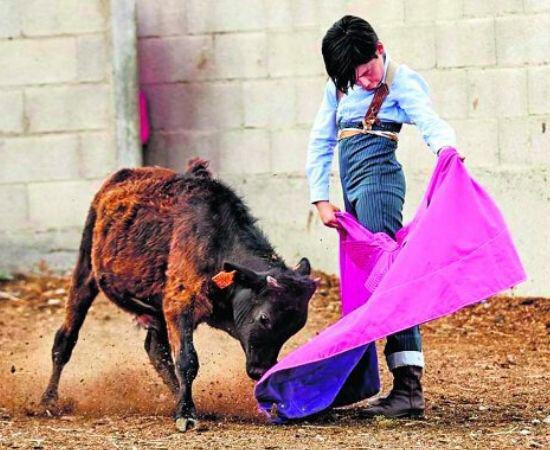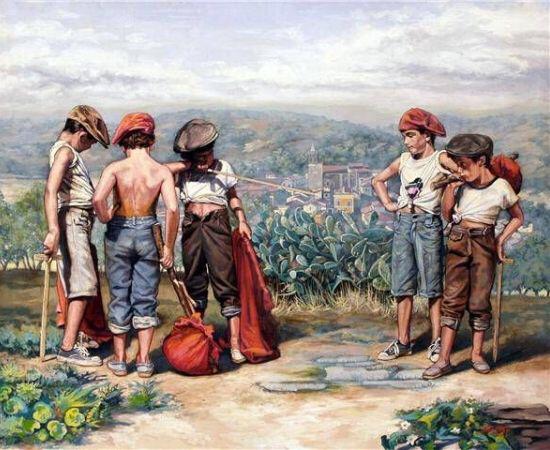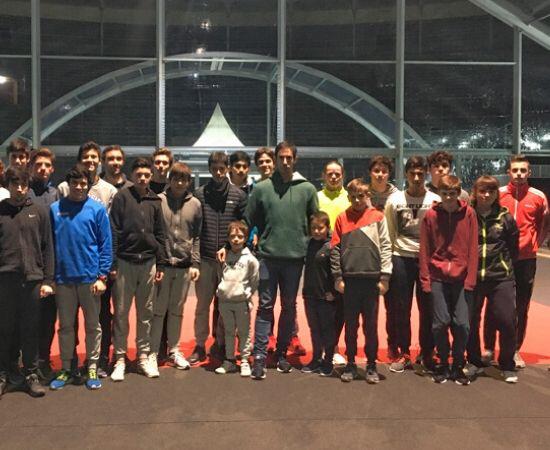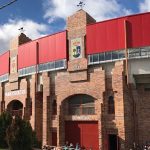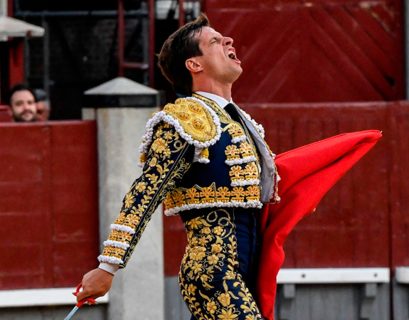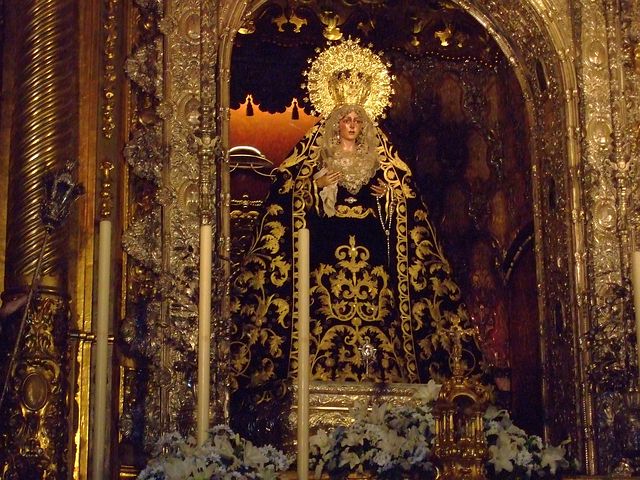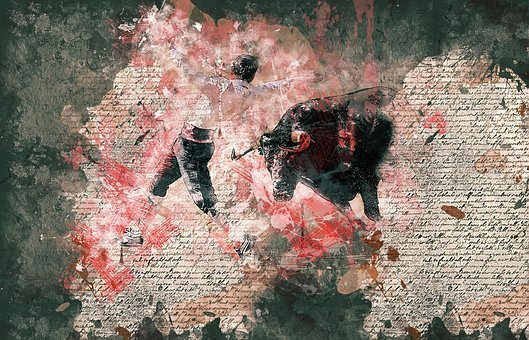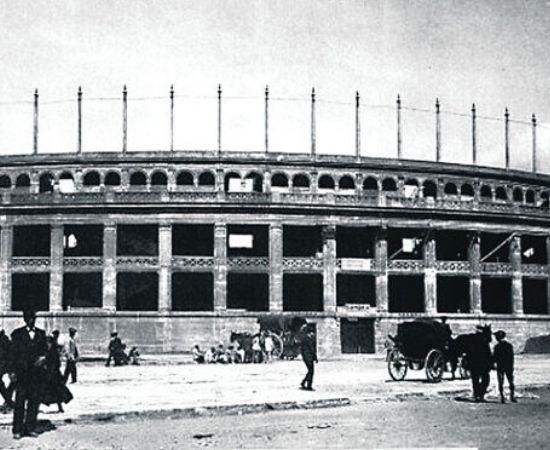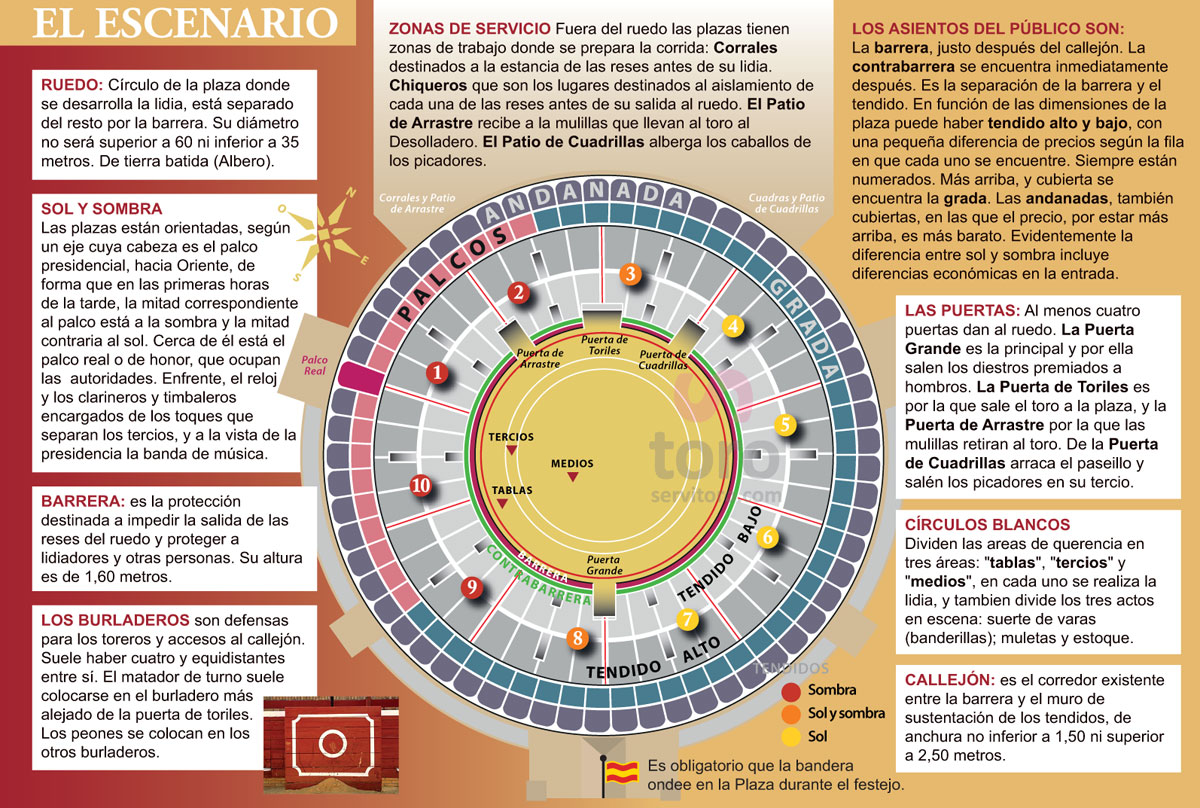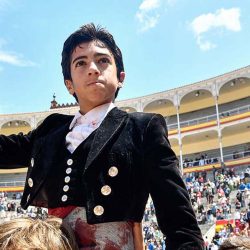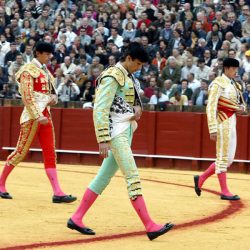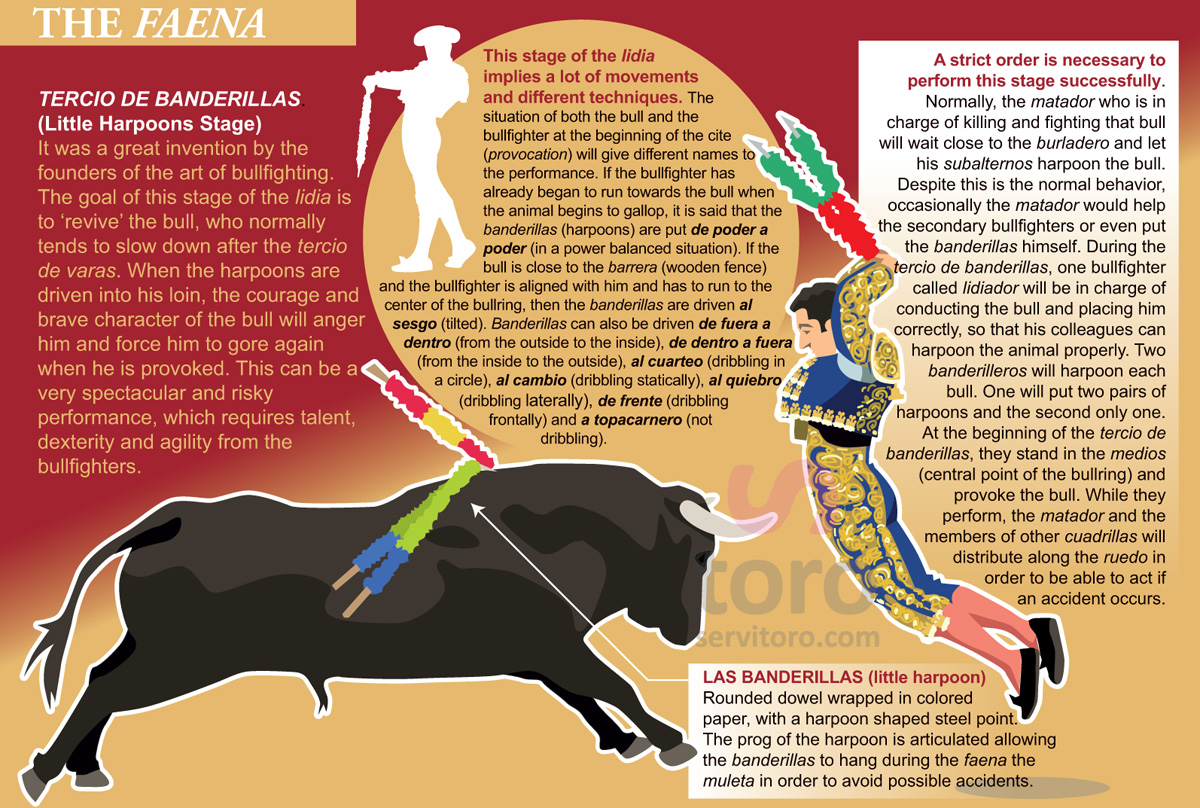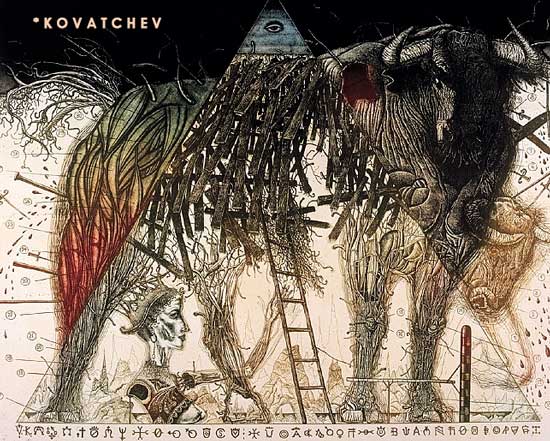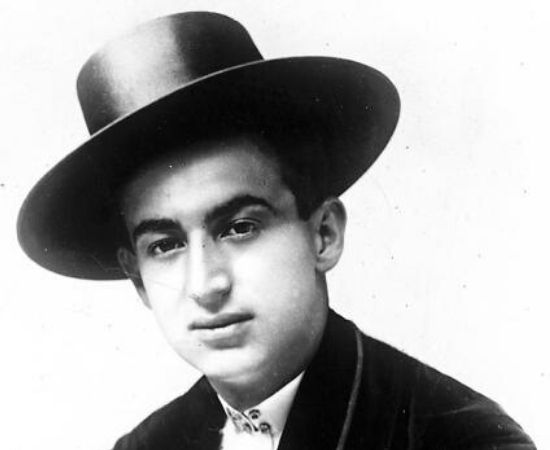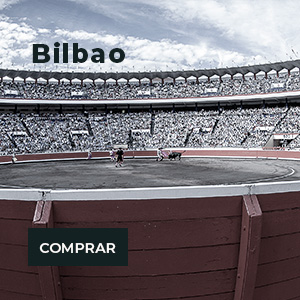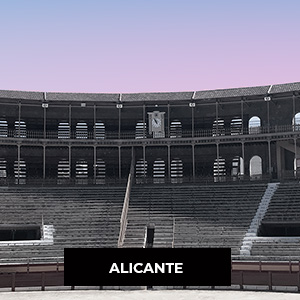The long, hard road of being a bullfighter
Can you imagine the expression of a mother who suddenly hears “Mum, I want to be a bullfighter”? It must make her blood run cold. A son who wants to dedicate himself to a profession in which he will risk his life literally every day, with so little chance of success and in such a rarefied environment as the current one, dehumanised and living with his back to death. It is probably the last one any parent would choose the dream of being a bullfighter.
Fortunately for us, there are still children who dream of being bullfighters, of dressing up in bullfighting gear and succeeding. In families with a bullfighting background, it is perhaps understandable or easier to digest; moreover, the child will have a better chance of making his or her way. But the poison of the bull can take hold of anyone and, on occasions, attending a simple bullfight or even watching it on television can be enough for a child to utter that dreaded phrase.
Bullfighting is a very attractive world, surrounded by a halo of mystery and allure. However, it is one of the most risky and frustrating professions there can be, where only a handful will succeed, a tiny fraction of the aspirants. In addition to the unquestionable courage required, there is sacrifice, physical effort, perseverance, the ability to overcome, luck… and even having the necessary means at one’s disposal.
Gone are the days of the little men travelling the roads with their little bundle on their backs, in search of a capea or a tentadero where they could pick up a bull and prove their worth. Now, with the approval of their parents, the little dreamers can start at the Bullfighting Schools.
The first bullfighting school
Perhaps it could not have been anywhere else, but the first official school for young bullfighters on record was the Royal School of Bullfighting in Seville. It was created under the protection of Ferdinand VII, by Royal Order of 28 May 1830, and entrusted the task to Don Antolín Cuéllar de Beladiez, Count of La Estrella.
It was located next to the Slaughterhouse of San Bernardo and its activity lasted until 1834. Its first master was the diestro Pedro Romero (link to Feria de Ronda), who was accompanied by Jerónimo José Cándido and Antonio Ruiz ‘El Sombrerero’.
Francisco Montes ‘Paquiro’, Juan Pastor ‘El Barbero’, Francisco Arjona ‘Cúchares’, Manuel Domínguez ‘Desperdicios’ and Antonio Mariscal were some of his legendary pupils.
Bullfighting schools today
Today’s bullfighting schools began to proliferate in the second half of the 20th century. Some sources place the one in Carmona (Seville) as the first, created in 1963 by a former novillero, Manuel Martínez. Morante de la Puebla and Finito de Córdoba fought their first calves here.
Spain has more than 50 schools spread throughout the country, most of which are located in Andalusia, where we find the Seville and Cordoba schools. The Bullfighting School of Madrid, that of Salamanca, that of Albacete or the Resistance of Catalonia, whose main benefactor is José Tomás, are some of the best examples.
In any case, this is only the first step. These are places where young aspirants have the chance to learn the technique, the history, get to know the animal, train… but also grow up with values and an education that are increasingly difficult to find in today’s society.
The minimum age to participate in bullfights in our country is 14 years old and to make their debut in bullfighting is 16. The schools will accompany them in this long and sacrificed process, putting at their disposal everything they need to prepare themselves: facilities, equipment, practical classes, steers in the field, etc. Until the day they make their debut with horses and have to continue along their own path.
Bullfighting with steers at present
The current situation of the bullfighting quarry is quite discouraging. The number of novilladas has fallen considerably, largely due to their high cost. But also due to the inaction of some sectors, which do not seem to realise that the novilleros are the future of the Fiesta and it is essential to give them the opportunity to prepare and promote themselves.
There should be no bullfighting fair without novilladas, but this is becoming increasingly complicated.
¡Happy week, bullfighting fans!
Miren Iruña

